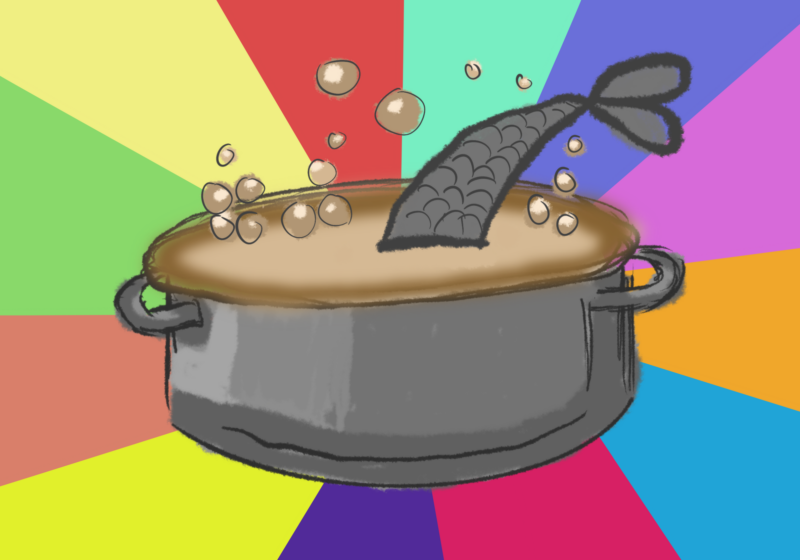How gross is the Genesee, really? No, not the beer (although students may hold their own opinions on the quality of that brew). We’re talking about that fair and famous stream—our own dear Genesee.
The river originates in northern Pennsylvania, gathers water from dozens of tributaries throughout western New York, carves out Letchworth Gorge along the way, and flows right past UR on its way to the waters of Lake Ontario. In a 2012 study released by the Environment America Research and Policy Center, the Genesee was named the thirty-second most polluted body of water in America, by amount of toxic chemicals discharged into the water.
But how bad is the water, really?
“On a good day it doesn’t look that bad but I’m sure it’s pretty dirty,” said junior Cory Chan. “And on a hot summer day it kinda smells bad.” Chan, a member of the Varsity Swimming and Diving team, added that he probably wouldn’t swim in the river.
In 2003, the New York State Department of Environmental Conservation released a lengthy report on the Genesee watershed and river basin, which details the pollutants and other problems found in all parts of the watershed. Industrial waste and runoff from farmland are cited as the primary sources of pollution, contributing toxic chemicals and phosphorus fertilizers, respectively. Phosphorus is a problem due to its effect on algae populations—the nutrient feeds massive blooms of toxic blue-green algae in Lake Ontario, necessitating beach closures.
Karen Berger, a lecturer in UR’s Department of Earth and Environmental Sciences, noted that most of the industrial pollution in the river is left over from past decades (Xerox and Kodak are frequently cited as past polluters of the river) but that toxic pollution of the river is far less prevalent today. Modern sources of pollution, Berger said, “can cause environmental damage but do not pose direct threats to human health.”
The Genesee also carries a large volume of silt and sediment, contributing to its murky appearance. Although some of the sediment is attributed to runoff and erosion from cultivated land, most of it is naturally-occurring and is not a “pollutant,” per se (although it can make the water look unappealing).
“Most students think the river is disgusting because of the murky brown color,” said junior and Rowing Team member Alice Bandeian, “but that’s mainly due to high turbidity produced by the Genny’s flow velocity.” In fact, Bandeian said, the Genesee’s fast-flowing waters are actually a boon to the cleanliness of the river, sweeping away trash that would otherwise stagnate.
The algae blooms that plague Lake Ontario are also swept away by the Genesee’s current, Berger noted, and “bacteria do not accumulate the way they do in the lake. I would feel comfortable swimming in the Genesee upstream of Rochester, but I would not swim in it in the city or downstream of the city because of urban runoff and legacy toxic pollution.”
The lower part of the river, downstream of the city, is the dirtiest segment. A health advisory issued by New York State warns against eating fish caught in this part of the waterway, due to potentially unsafe levels of pesticides.
The supply of drinking water for the city of Rochester is not drawn from the Genesee, but rather from sources in Lake Ontario and Hemlock Lake, south of the city. The water is treated before use to remove bacteria, impurities, and pollutants. And, contrary to a popular rumor, Genesee beer is not brewed with water from the river, either. “Genesee beer is made with water from Hemlock Lake and Lake Ontario, treated and filtered before use,” a customer service representative for the brewery said.
“The water quality of the Genesee is much better than it used to be,” Bandeian said, although she said there is still a lot of room for improvement. She added that she has fallen into the river during rowing practices and has not suffered any ill effects. “I definitely would not swim in the river all of the time, but jumping in from time to time would be fine, in my opinion. But I would definitely take a shower after being in the Genesee.”



